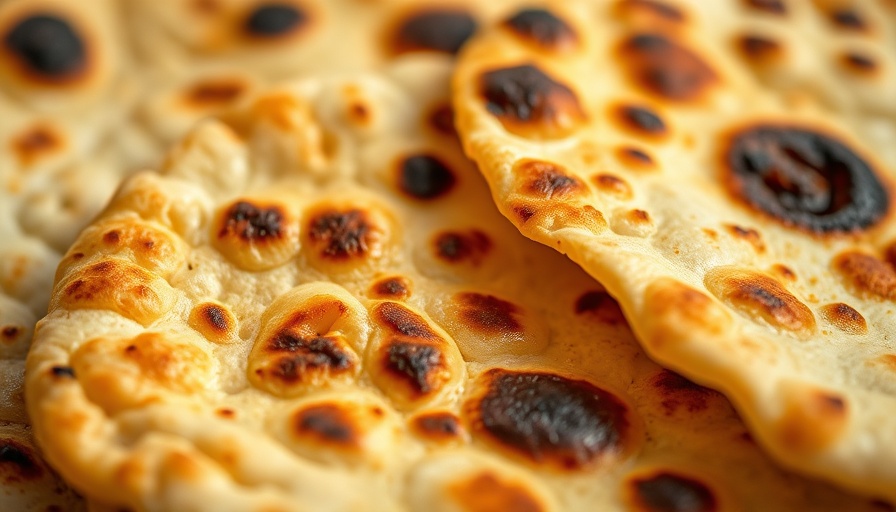
Explore the Rich Origins of Kubez: A Middle Eastern Delight
Kubez, also known as kimaaj, is more than just an Arabic flatbread; it symbolizes a rich culinary tradition that spans the Middle East. Popularly served alongside various dishes, this versatile bread serves as an essential component in many homes and local markets.
What Makes Kubez Unique? A World of Cultural Significance
With its round shape and soft, chewy texture, kubez embodies the essence of home-cooked meals. It’s often crafted during family gatherings and celebrations, bringing people together to enjoy food stories and cherished recipes passed down through generations. The use of turmeric not only adds a beautiful golden hue but also infuses the bread with various health benefits, reinforcing the connection between food and well-being.
Discovering Global Cuisine: Kubez and Beyond
This pan-fried turmeric bread can serve as a gateway to exploring international cuisine, encouraging families to incorporate diverse dishes into their culinary repertoire. Traveling isn't just about visiting destinations; it's about experiencing cultures through food. Recreating kubez at home allows families to bond over cooking and enjoy a taste of faraway lands.
Practical Tips for Cooking Kubez at Home
For food enthusiasts eager to try making kubez, the recipe is approachable. With ingredients easily sourced from local markets, from all-purpose flour to sunflower oil, anyone can embark on this culinary journey. Remember to let the dough rest so it develops that signature fluffiness, perfect for stuffing with vegetables or spreads of your choice.
Join the Cultural Cooking Movement
As you explore kubez and its culinary companions, consider sharing your food stories with your family and friends. These experiences foster a deeper understanding of cultural traditions while bringing joy and flavor to your dining table. Experiment with this dish as a meaningful way to celebrate international flavors in your everyday meals.
 Add Row
Add Row  Add
Add 




Write A Comment